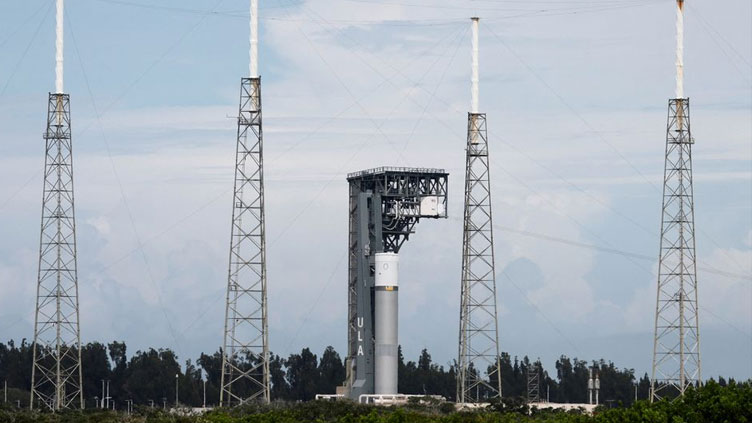United Launch Alliance's debut Vulcan mission slips to 2023 -CEO

Technology
Vulcan, a roughly 200 foot-tall rocket, is in the final stages of development.
WASHINGTON (Reuters) - United Launch Alliance has pushed the debut launch of its new Vulcan rocket to early 2023 at the request of one of its customers, the company’s chief executive said, further delaying a benchmark mission crucial to the Boeing-Lockheed joint venture’s launch business.
Vulcan, a roughly 200 foot-tall rocket in the final stages of development, will be the centerpiece to ULA’s launch business. It also will be a workhorse for U.S. Pentagon missions to space starting late next year as the rocket’s predecessor nears retirement over its use of Russian-made engines.
"We’re not going to fly before the end of the year," ULA Chief Executive Tory Bruno said in an interview with two reporters.
He added ULA’s customer Astrobotic, a robotics firm using Vulcan to launch a lunar lander, asked for the launch date to be moved to the first quarter of 2023 to buy more time to finish the lander’s development.
Astrobotic’s request officially axes ULA’s previous goal to launch Vulcan by year’s end, a target already imperiled by development delays with the rocket’s engines that are being built by Amazon.com billionaire Jeff Bezos’ space company, Blue Origin.
"The engines are later than our original schedule that had us flying in December, and it would put a lot of pressure on December," Bruno said.
Vulcan, priced at roughly $110 million per launch, already has some 80 contracted missions lined up. It will compete with SpaceX’s Falcon 9, priced roughly $62 million per launch, and Blue Origin’s forthcoming New Glenn rocket, which uses the same engines as Vulcan.
Vulcan’s first Pentagon mission under a multi-billion dollar contract it won in 2020 is slated for late 2023, putting pressure on ULA to complete the rocket’s first two flights before then, as required by the U.S. Space Force.
If Astrobotic’s lander is delayed beyond Q1 2023, ULA would replace it with a pickup truck-sized dummy payload in order to meet the narrowing window of time to demonstrate Vulcan for the Space Force.


